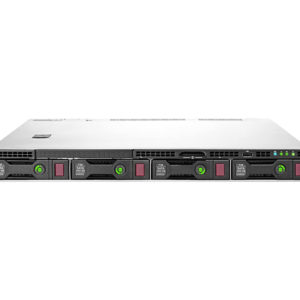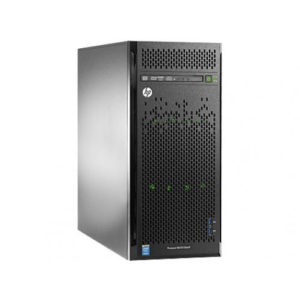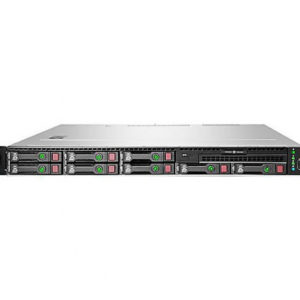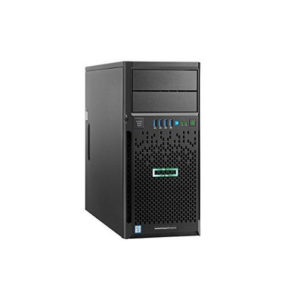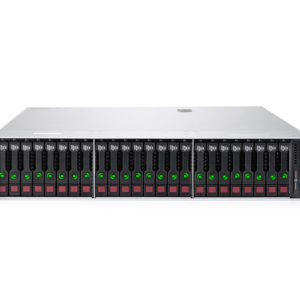Leasing a server on-premises sometimes makes more sense for small businesses that don’t have a robust IT infrastructure. Rental servers are ideal when businesses are first starting out.
Latest Trend rental server for 2020
Step 1: How to choose an entry-level business server?
Step 2: How many Servers do you need for your Business?
Step 3: What to Consider for Your Rental Budget
Step 4: Select Your Server Type
Step 5: Order Your Rental Server and Get Started
- Best Budget Server
- Best Value Server
- Best Powerhouse Server
Final Thoughts
Latest Trend rental server for 2020
Monthly costs accumulate as headcount adds or data grows in cloud rental server consideration. Better to choose server rental infrastructure inhouse which helps business. If you want to scale up not scale out with your infrastructure, by the hybrid approach of inhouse architecture with the cloud to your data architecture.
If you choose to buy the server on-premises with a cost-effective budget, then buy refurbished a prebuilt server with one or two lesser generations would be a better option.
How to choose Entry Level Business server?
When the time for rental of your enterprise server IT equipment comes, you may have some old CPUs for server equipment.
- How do you determine how many cores you require?
- What type of processor would be best for your new environment?
- How many servers or hosts does that translates to, if your workloads are virtualized?
Generally, processor generations considered when sizing environments.
But if you have more than 3-year-old equipment, you should be also considered for the new generation systems with respect to
- Improvements to new processors
- Right size your workloads.
You might need a lot fewer cores and a lot fewer hosts/servers for workloads. Also, it leads to less budget and achieves better business results.
Assumes here we consider x86 standard architecture but not to translate from Power or ARM to Intel.
How many Servers do you need for your Business?
An assistant to help you compare server CPUs
- Use CPU Spec Int 2006 or 2017 from org
- Visit ewams CPU Compare
- Compare clock speed when you have single-threaded applications Higher clock speed usually means fewer cores, lower clock speed per core usually allows more cores.
Calculate Your Servers Rental Budget
Being smart about purchasing a rental server to understand how your business fundamentally uses data.
- Match to your server needs based on
- File Sharing server which allows users to share information over a network
- Self-Hosted Email server
- Web Hosting for website or eCommerce store
- Application server for Hosting SaaS apps invoice management, employee management, or planning and collaboration software.
- Multiple virtual servers
- Backup server for business data
- Storage Server for Storing and collaborating on documents
- Virtualization for virtual desktops to employees
- List all applications to run on the server
- Analyze how many users each application needs to serve now and in the near future
Select Your Server Type
Based on
- Your high-end server needs to be stable and online, 24×7 or lower config so it can be offline for some time without any impact on my business
- Redundancy features such as RAID, dual-ethernet, complex workloads such as production databases or big data analytics with being end-up inexpensive budget
- Workloads are relatively low power operations, and not front-end for critical customer traffic and can be migrated to a new server if required will save costs
Order Your Rental Server and Get Started
Budget Server: Entry-level Server for Small Business Server for non-mission-critical workloads
Dell PowerEdge T30
CPU: Intel Xeon E3-1225 v5
Graphics: Intel HD Graphics P530
RAM: 4GB (up to 64GB)
Storage: 2TB Up to six SATA HDD (not included)
Best Value Server with Performance: Midrange level Server for To run Small business workload with performance.
HPE ProLiant ML110 G10 Tower
CPU: Intel Xeon Scalable
RAM: 32GB (up to 64GB)
Storage: 6TB Up to 40TB HDD
Connectivity: 8 x USB 3.0, serial, video, 2 x DisplayPort, audio, Gigabit Ethernet
Best Powerhouse Server: To run the mission-critical application
Dell PowerEdge T630 5U Tower Server
CPU: 1 x Intel Xeon E5-2620 v4 Octa-core (8 Core) 2.10 GHz
RAM: 64GB
Storage: 2TB drives included
Connectivity: 4 x Gigabit Ethernet
Finally
If you size your workloads when renting for your existing infrastructure you might find you need fewer servers to handle the same workload and overall will get much greater performance. This will allow you to do more with your budget and achieve overall better business results. When you consider CPU Clock speed be sure to check with your app owners if they are single-threaded applications.



